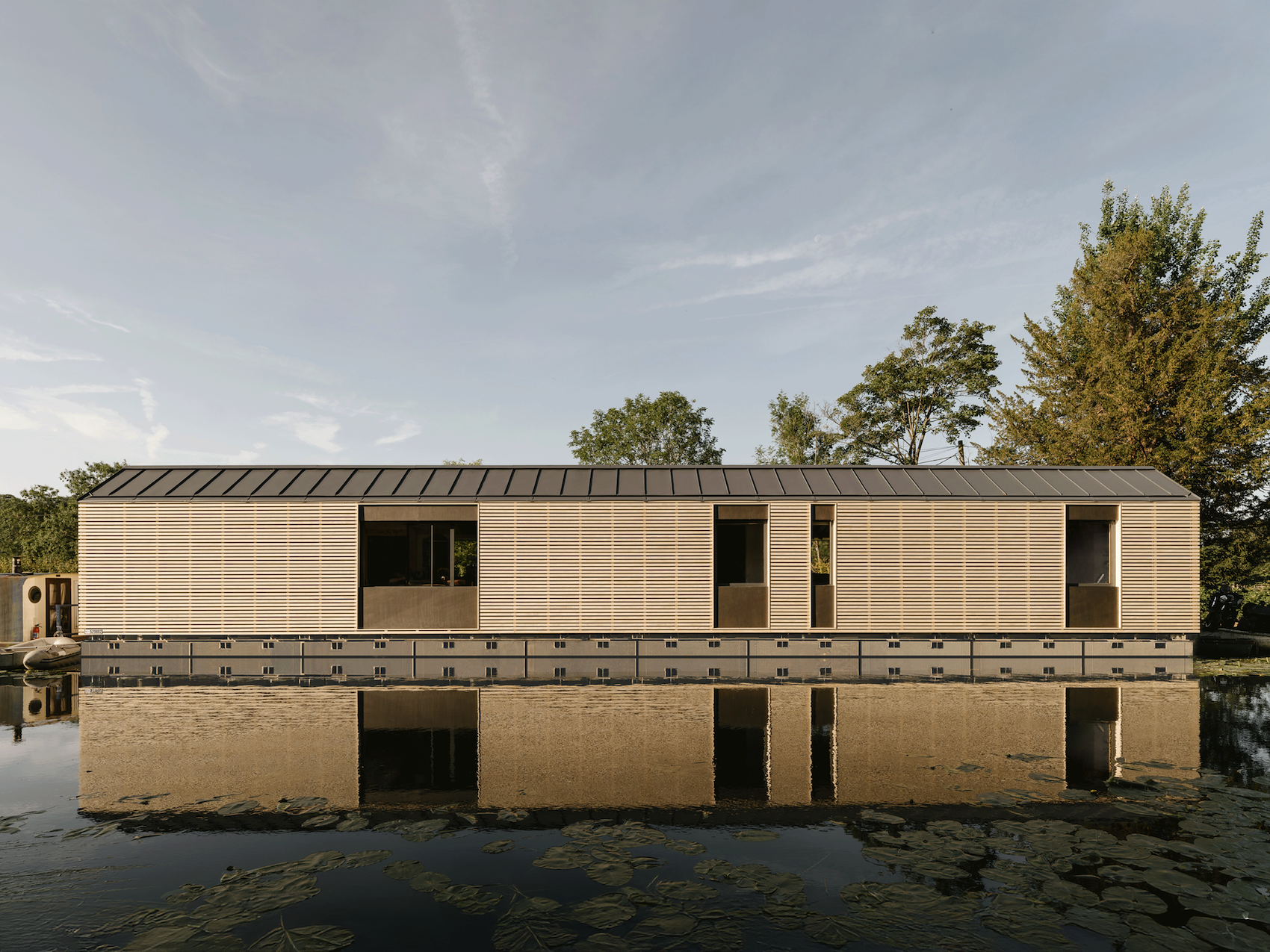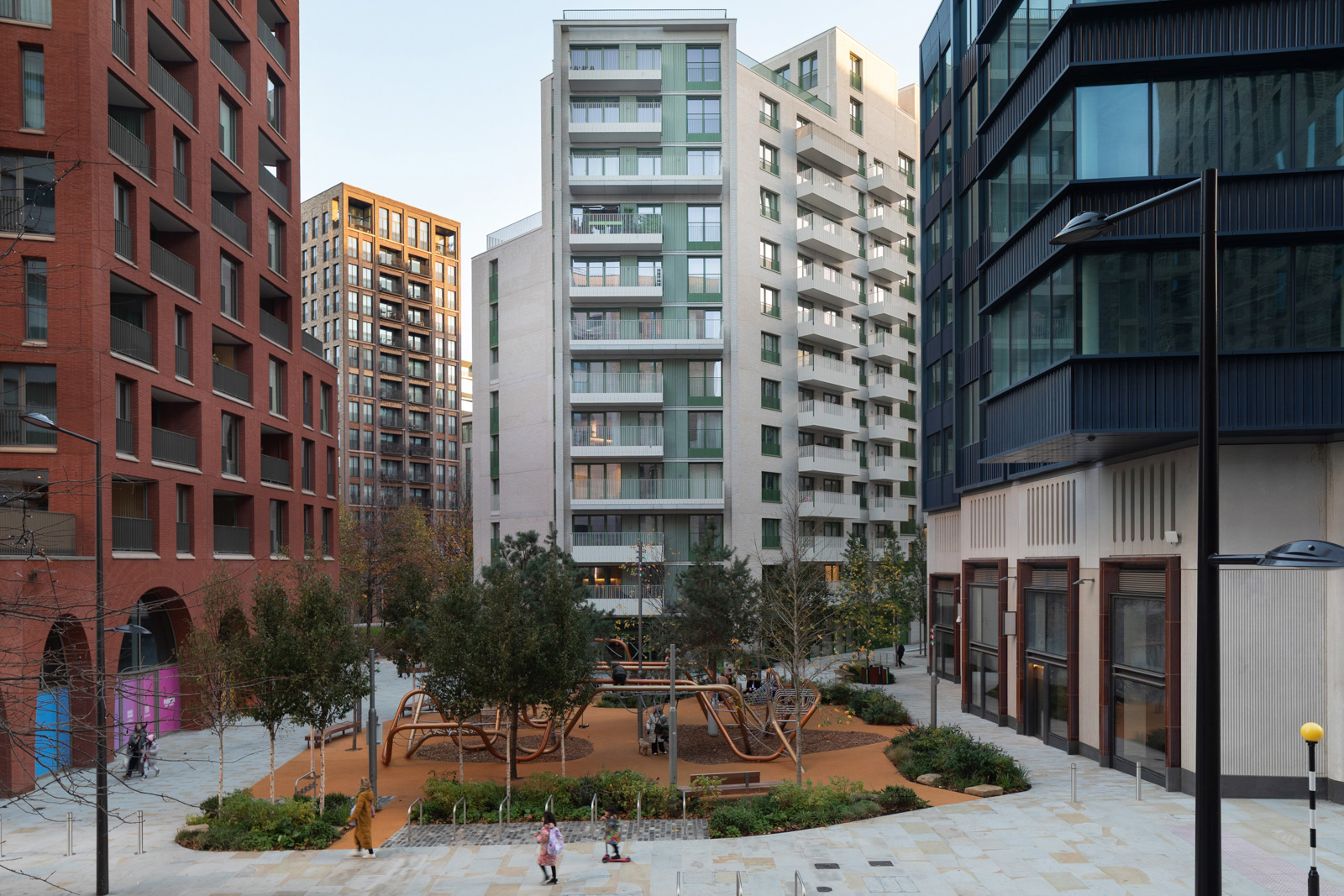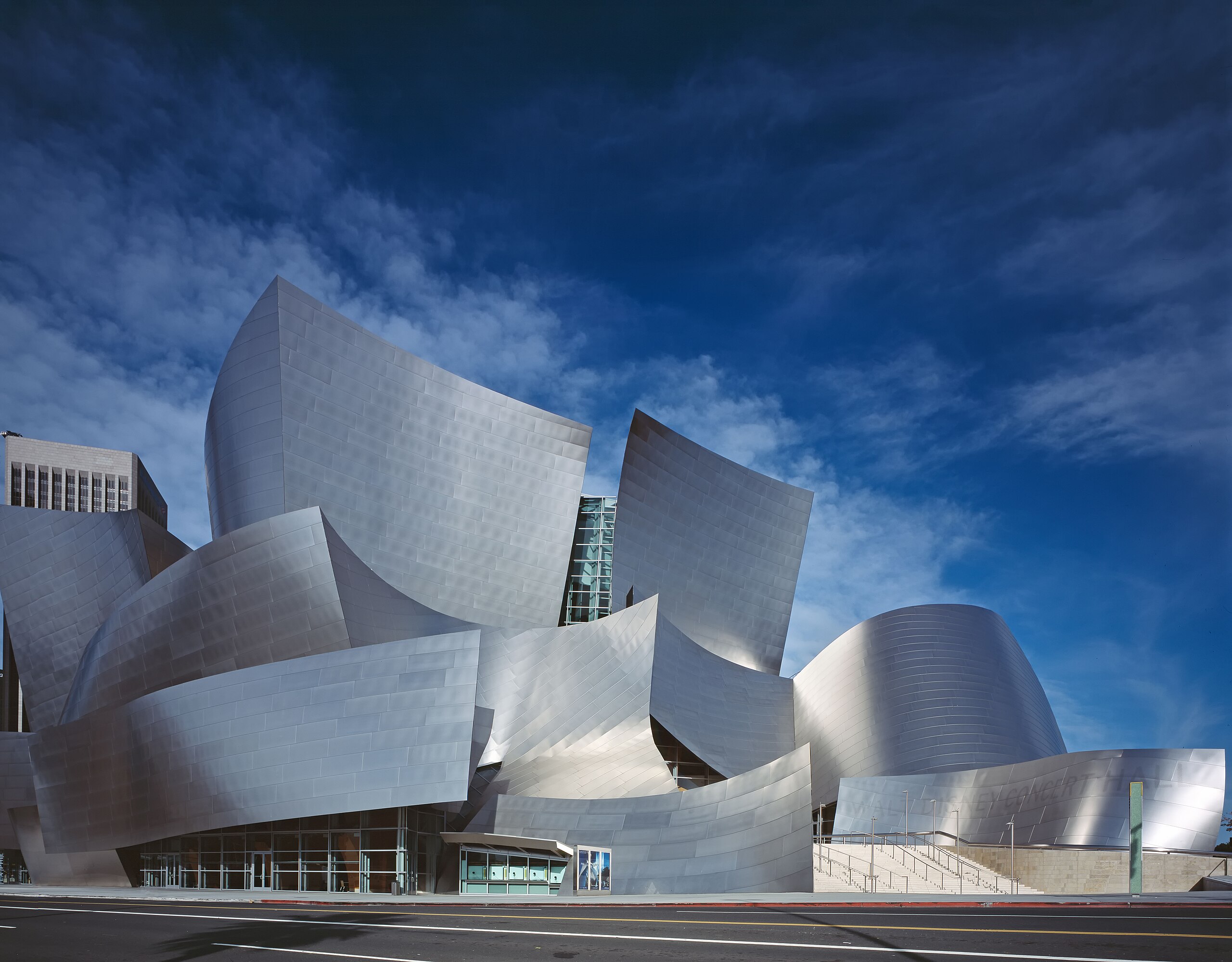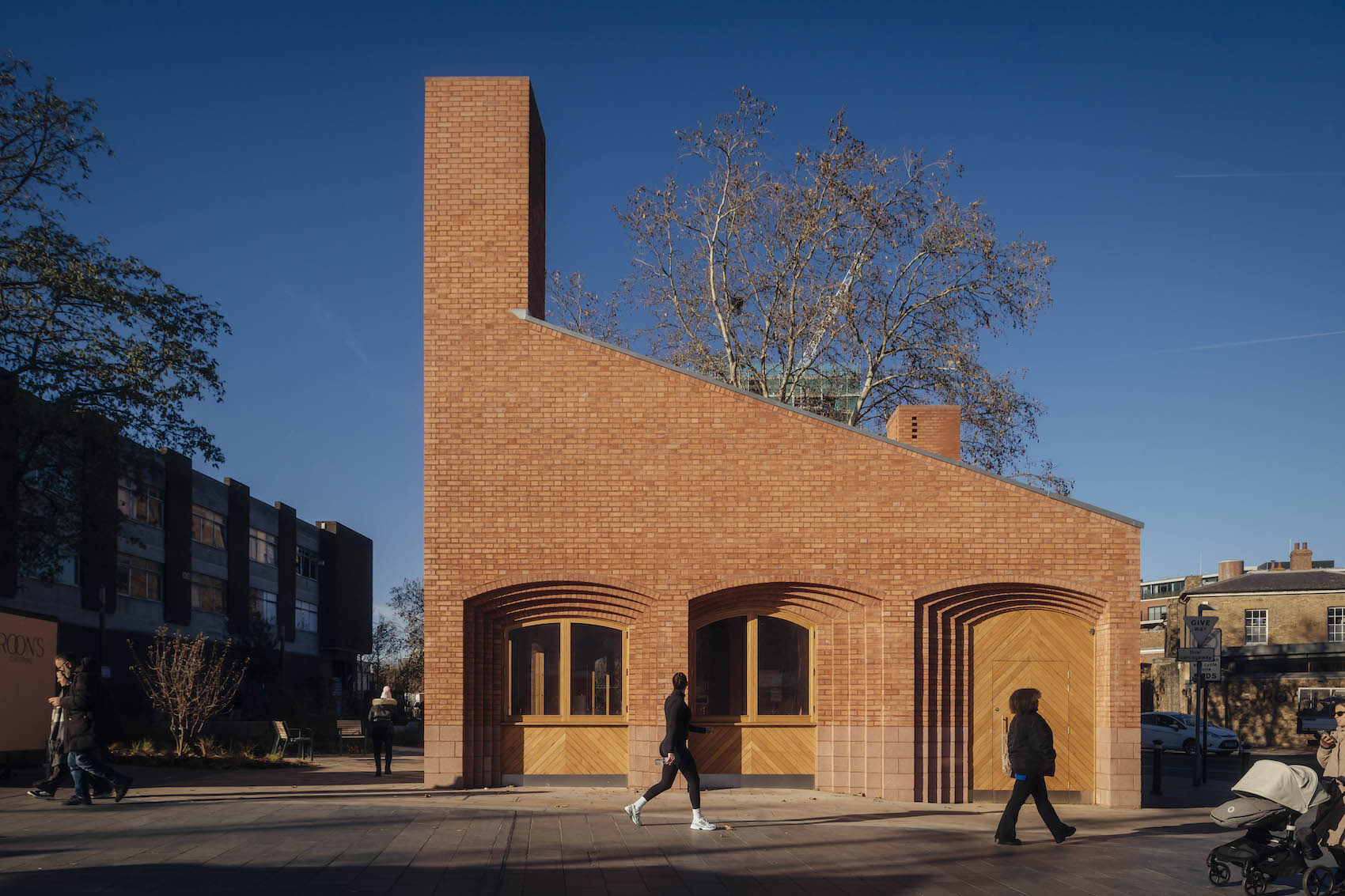Tom Greenall introduces DSDHA’s Co-Design website and explains how achieving meaningful participation in co-design can serve as a transformative tool to address the complex, intersecting crises shaping our built environment.
The Purley Vision & Regeneration Framework plan. Led by Stephanie Edwards, Urban Symbiotics ran initial ‘insight workshops’ followed by a programme of ‘co-solve workshops’ in Purley, south London that saw participants actively solve local issues and develop projects that would maximise their aspirations. The project can be read about in further detail as a case study on DSDHA’s Co-Design website.
Tom Greenall is a member of the Architects Declare UK Steering Group.
The built environment has always been complicit in political change, economic pressures, and social movements. It is actively shaped by multiple actors with different values, contested interests, and varying degrees of agency. At its best, design can be a collective and inclusive process that addresses spatial injustices, empowering all those that the built environment serves, but more often its potential to achieve this is short-circuited by ‘community consultation’ conducted at a superficial or tokenistic level.
Whilst the Covid-19 pandemic, Black Lives Matter, and various climate emergency movements have reframed discourse within the architectural profession as well as wider societal consciousness, they are more often addressed as independent, topical concerns. As recognised by AD’s Regenerative Design Primer, these multiple crises in health, race, climate and biodiversity (and others) cannot be addressed in isolation; it is only through the prism of intersectionality that spatial justice can be sought: the housing crisis cannot be remedied without a robust sustainability vision; public spaces cannot truly celebrate neglected histories without addressing entrenched socio-economic inequities; post-pandemic, the city cannot nurture better health and wellbeing for its inhabitants without challenging deep-rooted petroleum-fuelled habits that dictate urban design.
Acknowledging the intersectionality of the challenges that the built environment faces, DSDHA poses co-design both as a powerful design tool to uncover inequities and opportunities to redress them, and as an invaluable civic process in the generation, exchange, and application of collective knowledge.
Last month saw the launch of our Co-Design website, a one-stop shop for resources to help drive meaningful participation in co-design processes for participants across the sector – from architects to neighbourhood communities, and from local authorities to developers. The site hosts theoretical and practical resources that are the result of DSDHA’s RIBA-funded research to help others integrate participatory methodologies within their practice.
For sites like this to remain relevant to the industry, and a route to real change, we need others to both utilise, feedback on, and contribute to its content. The site already represents contributions from over 20 international collaborators, but as a resource that spans academia and practice, it is very much a live project, that we hope will evolve and expand with use. One ambition of the site is to create an accepted co-design benchmarking tool, but more important, it is to get co-design into use more widely, as a tangible way of creating a built environment that is more inclusive, equitable, and regenerative. In other words, a just space for people.














